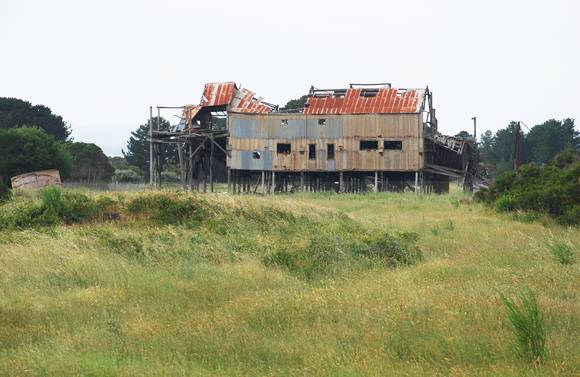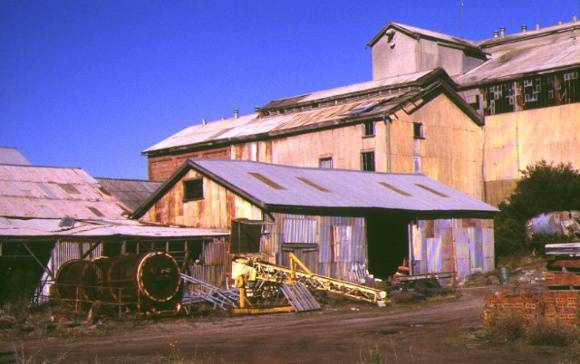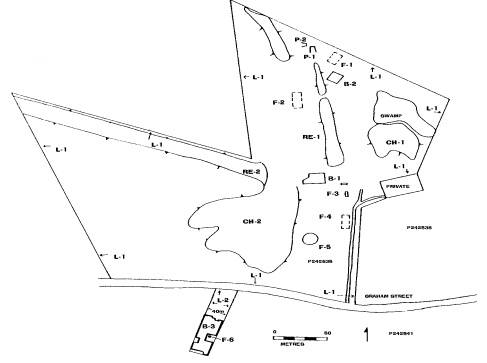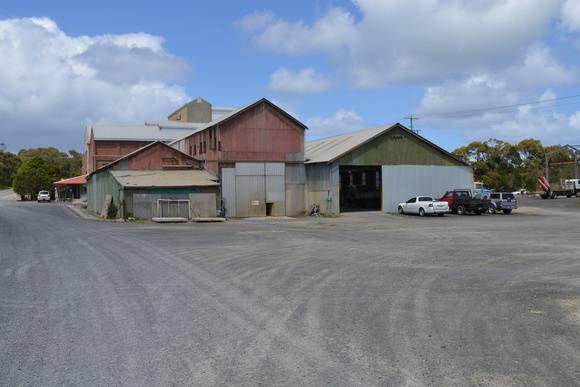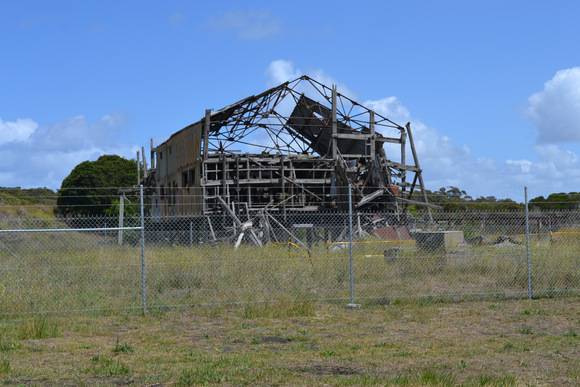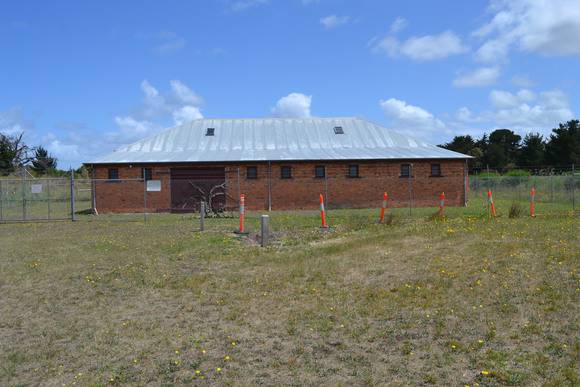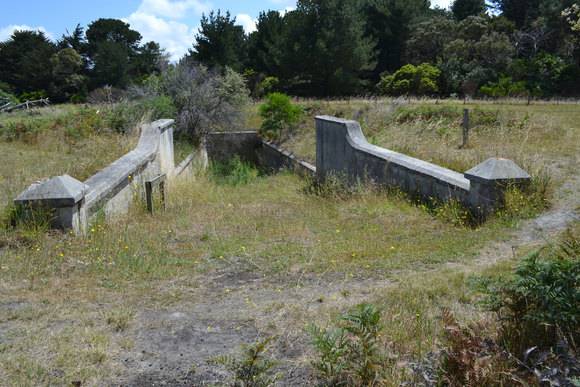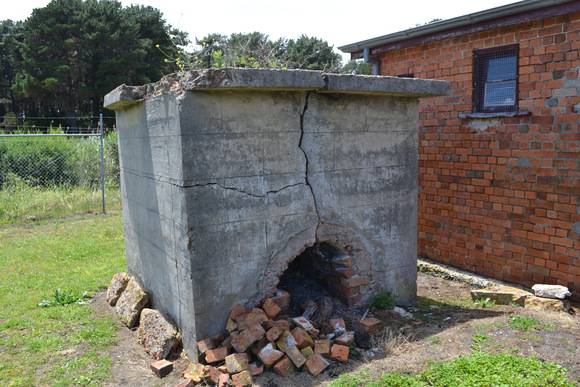| Back to search results » | Back to search page » |
|
WONTHAGGI STATE COAL MINE CENTRAL PRECINCT
LocationGRAHAM STREET WONTHAGGI, BASS COAST SHIRE
File Number607792LevelRegistered |
|
Statement of Significance
What is Significant?
At the beginning of the twentieth century black coal from New South Wales powered Victoria’s railway system, gasworks and manufacturing industries. In 1909 a prolonged strike on the New South Wales coalfields threatened Victoria’s economic viability, and the Victorian Government sought to end its dependence by mining its own, poorer-quality coal deposits in South Gippsland at Wonthaggi which at the time was sparsely settled and possessed no transport links with Melbourne. The first shipment of Wonthaggi coal occurred on 25 November 1909 being dispatched by bullock teams to Inverloch and thence by ship to Melbourne. Three months later transportation by rail commenced after the Railways Department constructed a line 27 miles from Nyora in the record time of ten weeks. In 1910 the Government laid out a model township and by 1921 Wonthaggi had a settled population of over 5,000 making it one of the largest towns in Gippsland.
The Wonthaggi State Coal developed into a huge mining complex which operated until 1968. Within the first year of operation a power station was built to supply electricity to the whole area and installation was under way of the necessary engineering works for mining, ventilation, water drainage, haulage, and coal processing. At a very early stage, the mine also had a brickworks, operated initially to construct the power station. The mine’s peak period of employment was the year 1925-26 when 1,821 men were employed. During its operational life, the Wonthaggi State Coal Mine produced 16.74 million tons, making the field the largest black coal producer in the State’s history and the fourth largest in Australia.
How is it significant?
The Wonthaggi State Coal mine is of historical and scientific importance to the State of Victoria
Why is it significant?
The Wonthaggi State Coal Mine Central Precinct (comprising No.5 Brace, Rescue Station, McBride’s tunnel, Power Station and Workshops, and associated archaeological relics) is historically and scientifically significant as an integral part of the State’s most significant black coal mine. The Wonthaggi State Coal Mine Central Precinct was the heart of the field: the first place where coal was mined, the first major mining, haulage, processing and servicing centre, and the only site which was continuously operated until the mine’s closure in 1968. The three most significant features of the precinct (No. 5 Brace, Rescue Station, and Power Station & Workshops) are not only scientifically important as rare industrial relics, but their size and prominence are tangible evidence of the former scale of the State Coal Mine’s operations. The state of deterioration of the place is illustrative of the disintegration of Wonthaggi’s central role in Victoria’s black coal industry.
The Wonthaggi State Coal Mine Central precinct makes a unique contribution to defining the character of the Wonthaggi State Coal Mine and also has potential to yield significant archaeological evidence of the technological development of coal mining in Victoria.
Group
Mining and Mineral Processing
Category
Mine Machinery & relics


